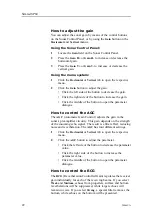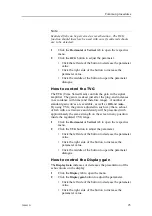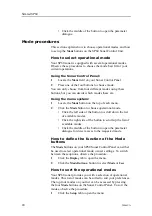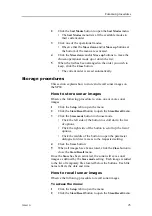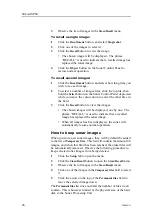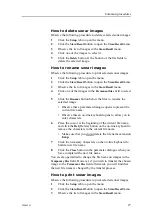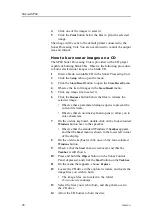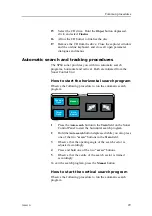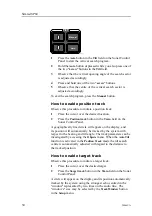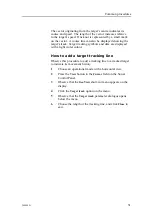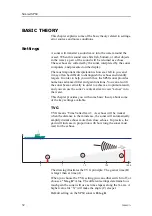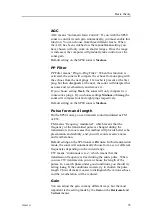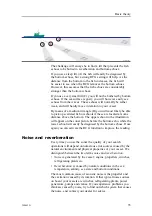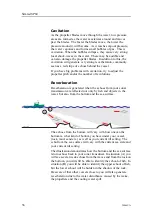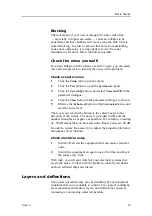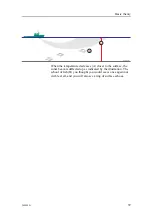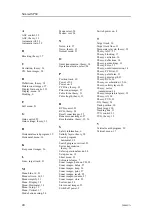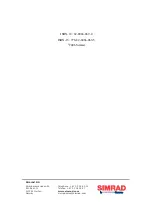
Simrad SP60
Cavitation
As the propeller blades move through the water, low pressure
areas are formed as the water accelerates around and moves
past the blades. The faster the blades move, the lower the
pressure around it will become. As it reaches vapour pressure,
the water vaporizes and forms small bubbles of gas. This is
cavitation. When the bubbles collapse, they cause very strong
local shock-waves in the water. These may be audible and
can also damage the propeller blades. In addition to this, the
cavitation will generate very strong reverberation, commonly
seen as a red stripe of echoes behind the vessel.
If you have big problems with cavitation, try to adjust the
propeller pitch and/or the number of revolutions.
Reverberation
Reverberation is generated when the echoes from your sonar
transmission are reflected not only by fish and objects in the
water, but also from the bottom and the sea surface.
(CD015005E)
B
A
The echoes from the bottom will vary with how uneven the
bottom is, what kind of bottom you have under your vessel,
(rock, mud, sand etc.) as well as your current tilt setting. The
echo from the sea surface will vary with the current sea state and
your current tilt setting.
The illustration demonstrates how the bottom and the sea surface
return echoes back to your sonar transducer. In situation (A) you
will see several weak echoes from the waves and from the rock on
the bottom, you will still be able to identify the school of fish. In
situation (B) you will be able to identify the upper school of fish,
but the lower school will be hidden in the shadow of the rock.
Be aware of that other vessels close to you will also generate
reverberation due to the water disturbance caused by the wake,
the propellers and the cooling water spill.
36
300065/A
Summary of Contents for Simrad SP60
Page 2: ......
Page 43: ...Index 300065 A 41 ...

